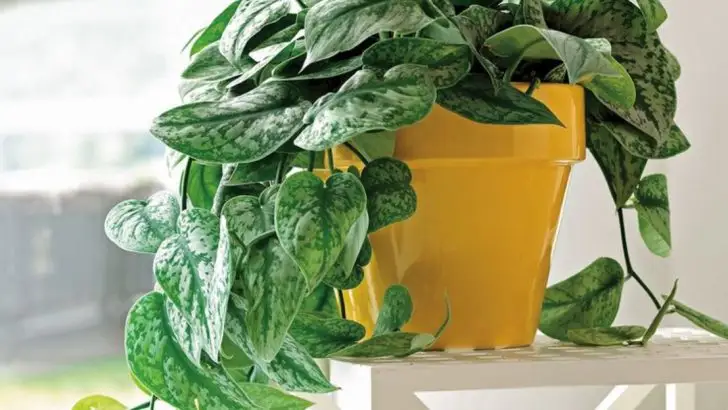Your houseplants might look fine… but are they actually thriving? If you’ve noticed slow growth, limp leaves, or just a general lack of vibrancy, the problem may not be your plant—it might be you.
Many plant parents make small, everyday mistakes without realizing the impact. Things like overwatering, placing plants near drafts, or even cleaning leaves the wrong way can slowly but surely stunt their growth. And the worst part? Most of these habits feel totally harmless.
In this article, we’ll uncover 15 common missteps that could be holding your houseplants back. With a few quick changes, you can help your leafy friends recover—and maybe even turn your home into the lush indoor jungle you always wanted.
Overwatering
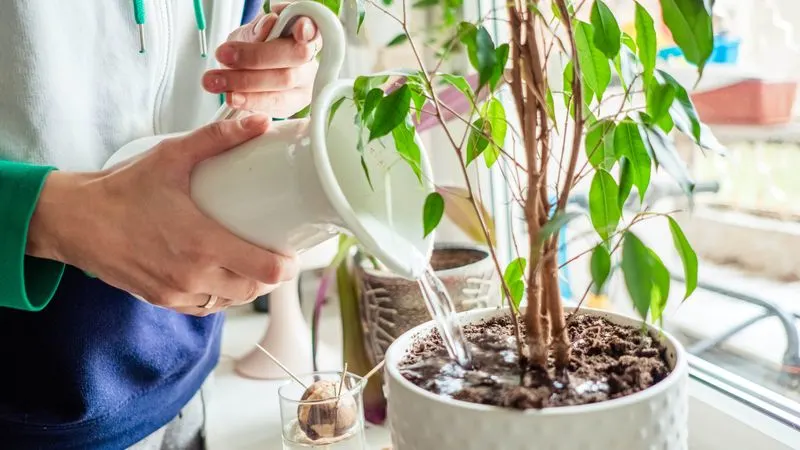
Many think more water means a happier plant, but too much can drown roots. Overwatering is a common mistake that leads to root rot and yellowing leaves. Waterlogged soil deprives roots of oxygen, causing plants to suffocate. Test soil moisture with your finger; only water when dry to the touch. Adjusting watering habits can save your plant from a watery demise. Often, less is more when it comes to quenching your plant’s thirst. Remember, plants vary in their water needs, so research your species for optimal care.
Insufficient Light
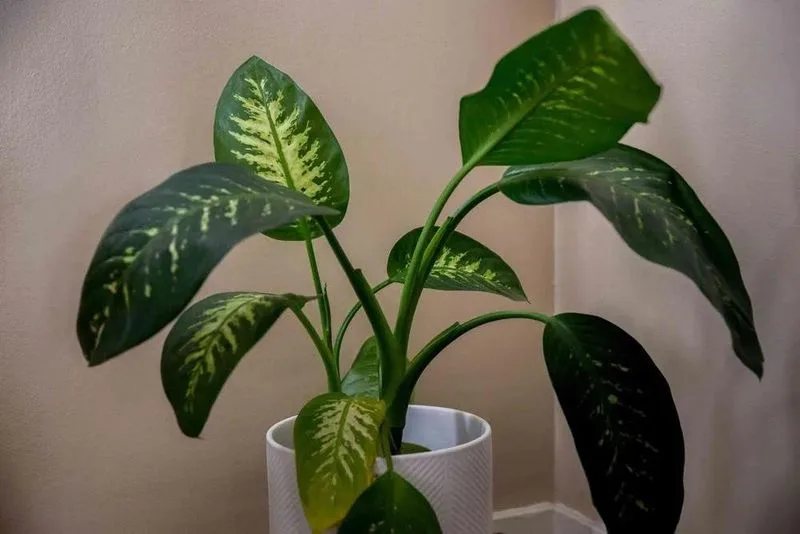
Plants need light to photosynthesize, but many struggle in dark corners. Insufficient light causes leggy growth and pale leaves. Positioning plants near windows or under grow lights can make a world of difference. Light intensity and duration are key; southern or eastern exposures offer brighter, indirect light. Observe your plant’s response and adjust its location if needed. Some plants thrive in low light, but most need more. Understanding your plant’s light requirements will promote healthier, more vibrant growth.
Wrong Pot Size
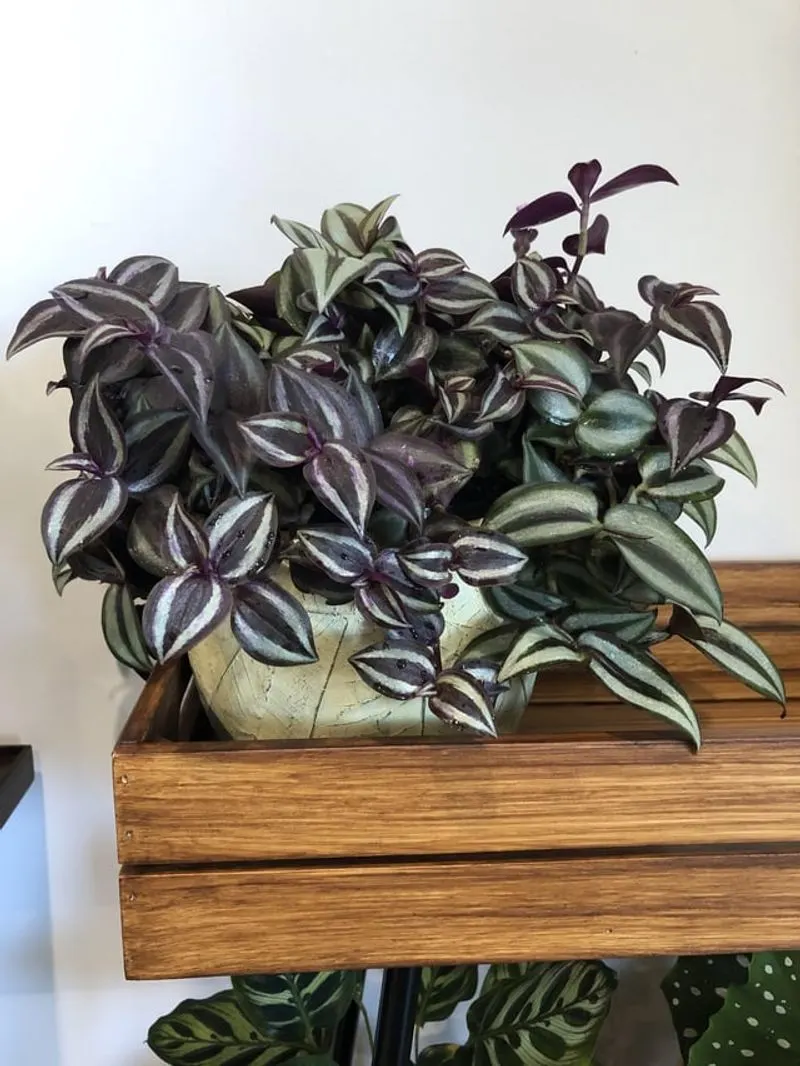
Pot size plays a crucial role in a plant’s health. A pot too large retains excess moisture, while one too small restricts root growth. Finding the right balance is essential for stability and nourishment. Gradually increasing pot size as the plant grows helps maintain equilibrium. Consider the plant’s growth rate and root structure when selecting a pot. The right pot supports healthy roots and promotes robust growth. A simple adjustment in potting can transform a struggling plant into a thriving one.
Ignoring Humidity Needs
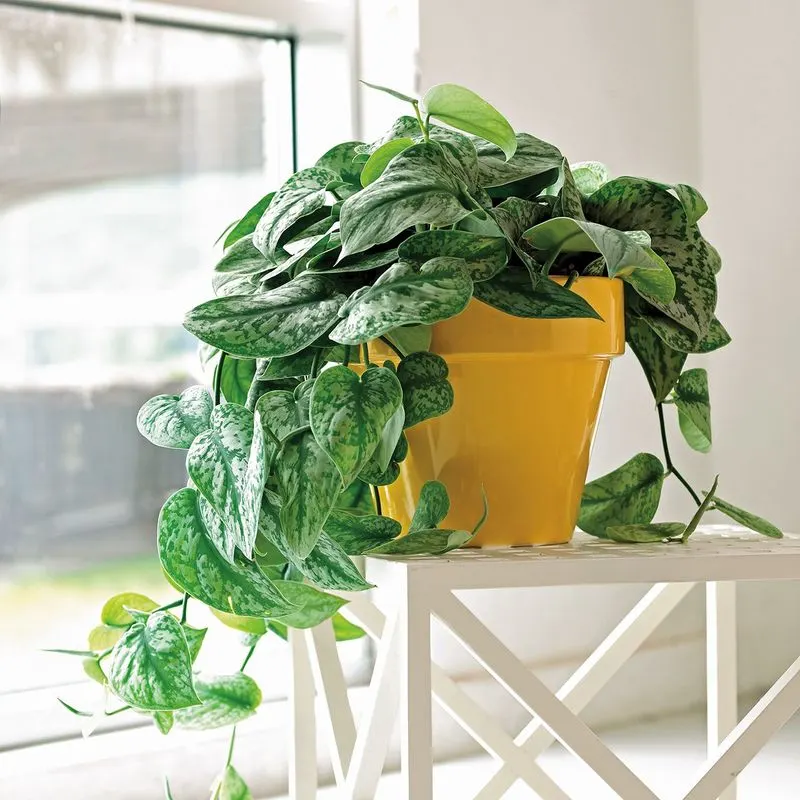
Humidity is often overlooked in houseplant care, yet it’s vital for many species. Dry indoor air can cause brown leaf tips and stunted growth in tropical plants. Mimicking a plant’s natural environment with humidity trays or misting can improve its well-being. Place plants in groups to enhance humidity through collective transpiration. Regularly evaluate your plant’s needs and adapt accordingly. Some species prefer moist air, while others withstand drier conditions. Understanding these needs ensures your plant’s lush appearance.
Using Chemical Fertilizers
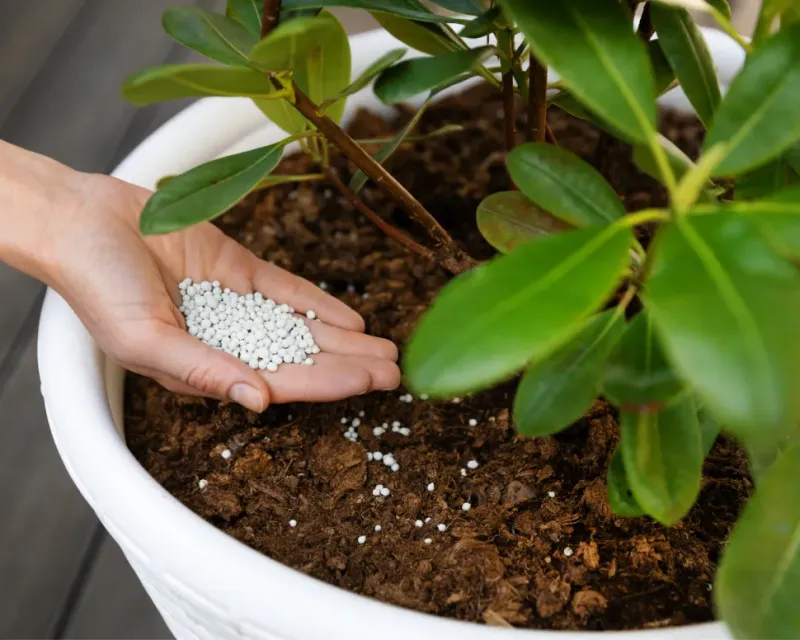
Chemical fertilizers promise quick growth but can harm delicate houseplant roots. Over-fertilizing leads to salt buildup, causing browning and weak growth. Organic alternatives like compost or worm castings nourish plants naturally. Balance and moderation are vital; too much fertilizer does more harm than good. Regularly flush soil to prevent salt accumulation. Consider the plant’s growing season and adjust feeding accordingly. A little care goes a long way in nurturing your plant’s health without chemicals.
Neglecting Pest Control
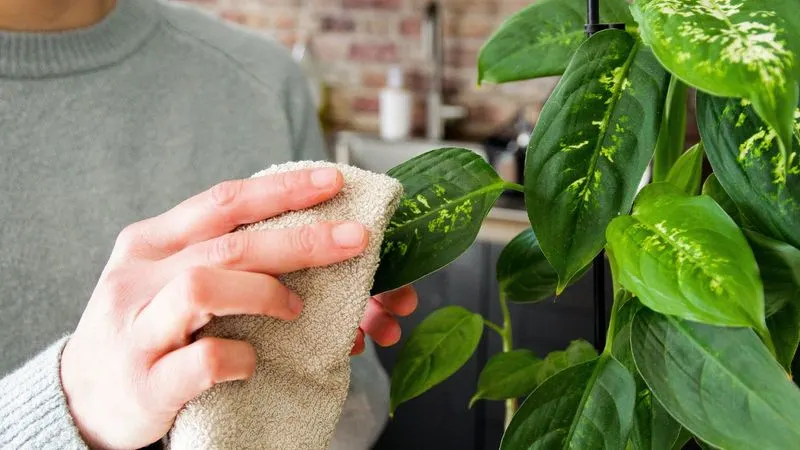
Pests are silent attackers that can devastate houseplants if unchecked. Common invaders like aphids and spider mites weaken plants through relentless feeding. Regular inspection and prompt action are crucial in pest control. Simple solutions such as insecticidal soap or neem oil can effectively deter these nuisances. Maintaining plant hygiene also reduces pest attraction. A vigilant approach prevents minor infestations from becoming major problems. Protecting your plants from pests ensures their vitality and longevity.
Improper Pruning
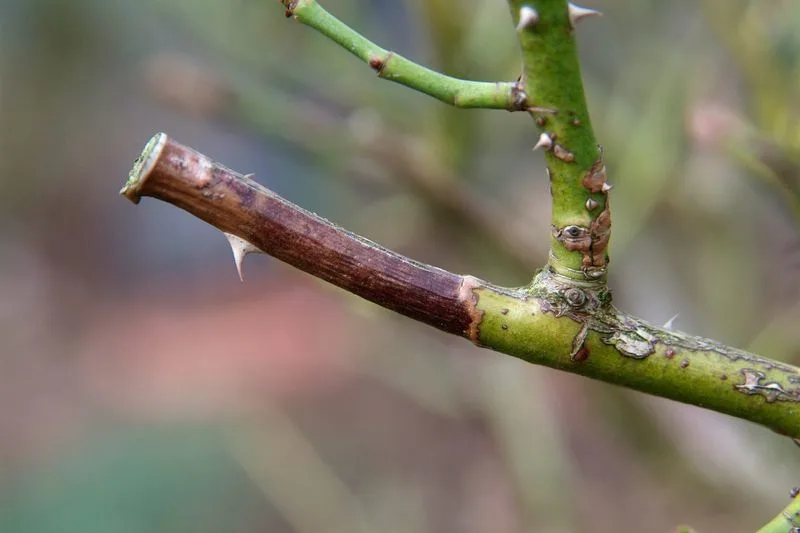
Pruning shapes and revitalizes plants but must be done correctly. Improper techniques lead to shock or uneven growth. Timing is crucial; prune during active growth for best results. Use sharp, clean tools to avoid damage and disease. Remove dead or diseased parts to encourage healthy development. Thoughtful pruning directs energy to vital areas, enhancing overall form. A regular pruning routine maintains a plant’s structure and encourages new growth, keeping it flourishing.
Poor Soil Quality
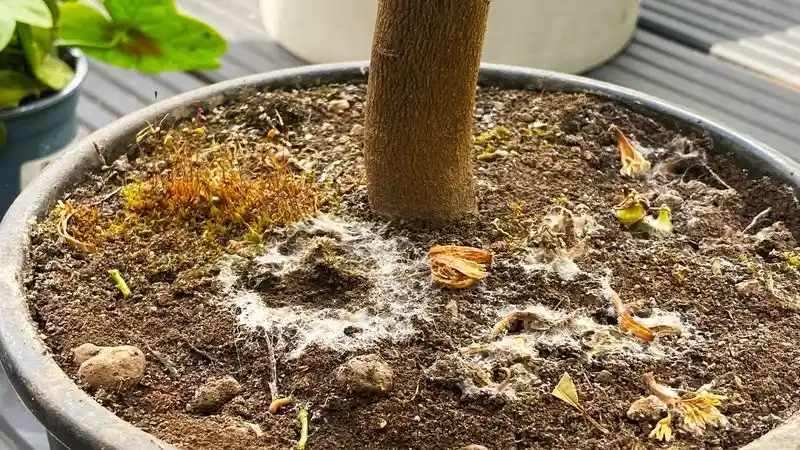
Soil quality is the foundation of plant health. Poor-quality soil lacks nutrients and proper drainage, smothering roots. A well-draining, nutrient-rich mix supports robust growth and minimizes disease risks. Regular soil checks and amendments replenish lost nutrients. Tailoring soil type to your plant’s needs enhances its vitality. Consider adding perlite or sand for better aeration. The right soil mix transforms a frail plant into a vigorous beauty, emphasizing the importance of quality soil care.
Excessive Temperature Fluctuations
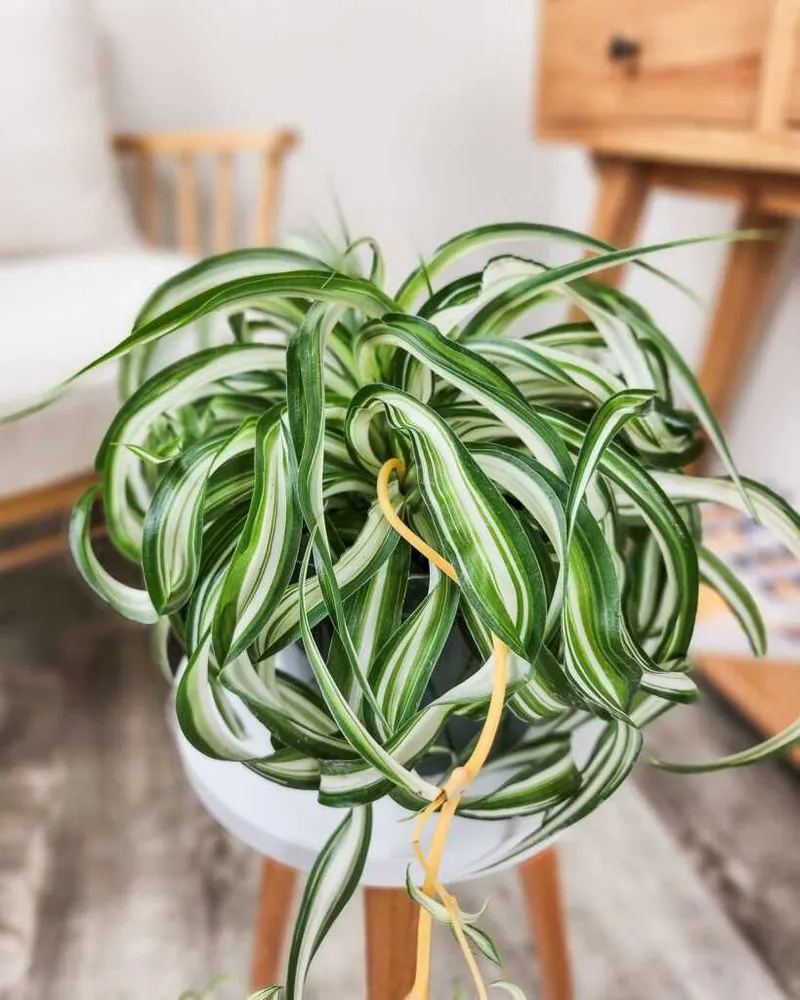
Temperature stability is vital for houseplant vitality. Excessive fluctuations stress plants, leading to wilting or leaf drop. Avoid placing plants near drafts or heat sources that cause abrupt changes. Consistency in temperature mimics natural conditions, fostering resilience. Seasonal adjustments may be necessary to maintain a stable environment. Recognizing your plant’s temperature preferences supports its health and well-being, ensuring it remains vibrant and strong.
Ignoring Seasonal Changes
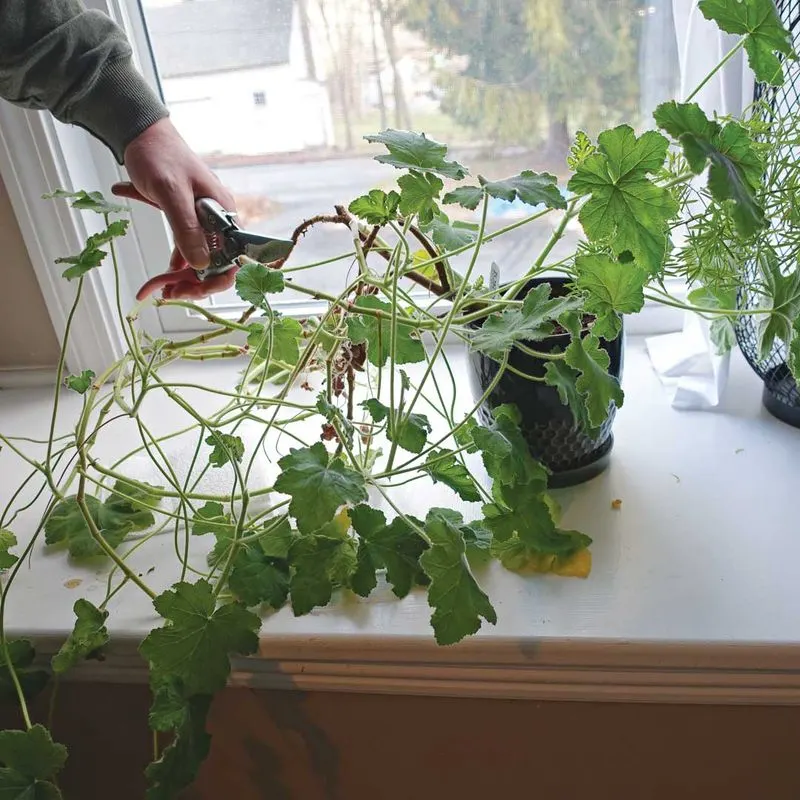
Seasonal changes affect plant care needs, yet many ignore this aspect. Light, temperature, and watering requirements fluctuate with the seasons. Recognizing and adapting to these changes prevents stress and supports growth. Reduce watering in winter and increase humidity when indoor heating dries the air. Adjust light exposure as daylight diminishes. Understanding seasonal shifts ensures your plant thrives year-round, reflecting its natural growth cycle.
Inadequate Air Circulation
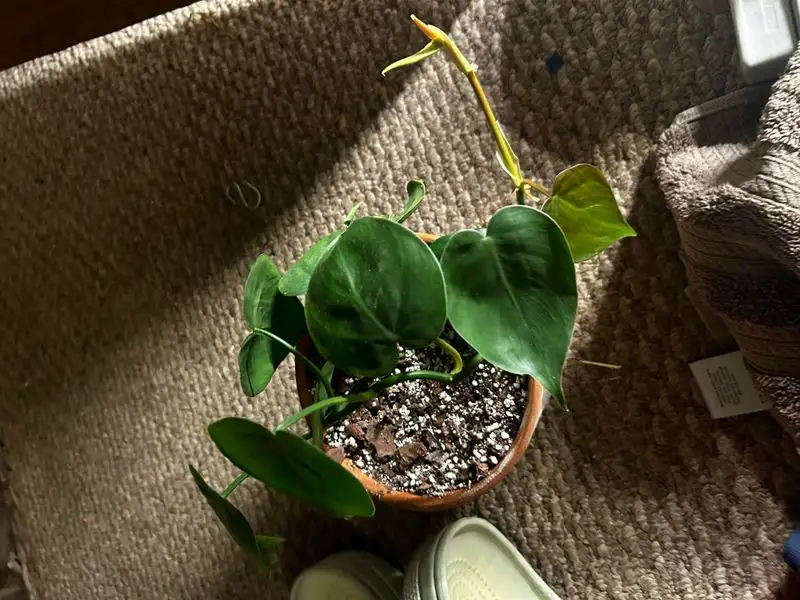
Air circulation is often overlooked, yet it’s essential for plant health. Stagnant air fosters mold and pests, while fresh air promotes vigor. Simple solutions like opening windows or using fans enhance circulation. Position plants to allow airflow between them, preventing overcrowding. Balancing humidity with airflow reduces disease risks and boosts growth. Regular attention to air circulation keeps your plant environment dynamic and thriving, reflecting a well-cared-for indoor garden.
Neglecting Regular Cleaning
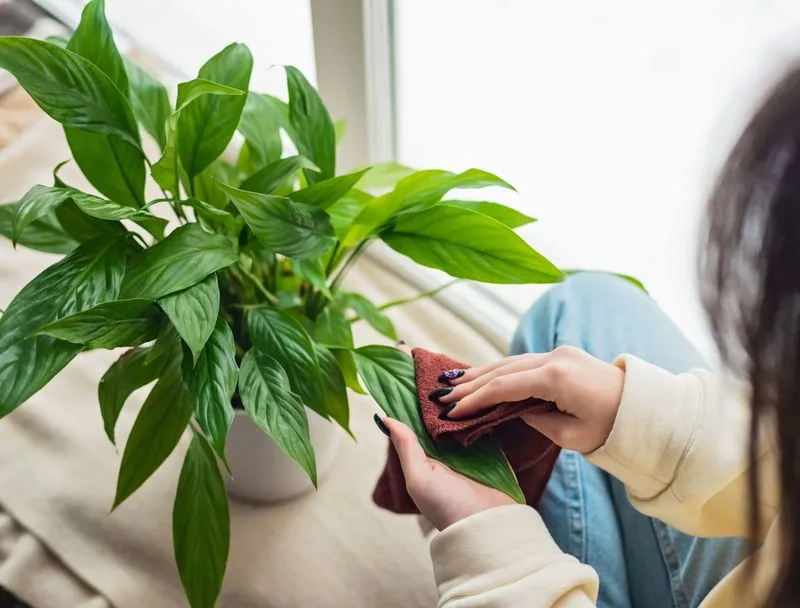
Dusty leaves hinder photosynthesis, diminishing plant health. Regular cleaning enhances light absorption and prevents pest attraction. Use a damp cloth or gentle shower to remove dust and pollutants. Regular maintenance keeps plants looking vibrant and healthy. Cleaning also provides an opportunity to inspect for pests or disease, promoting overall well-being. Incorporating cleaning into your routine supports a thriving plant environment, highlighting the importance of attentive care.
Incorrect Watering Method
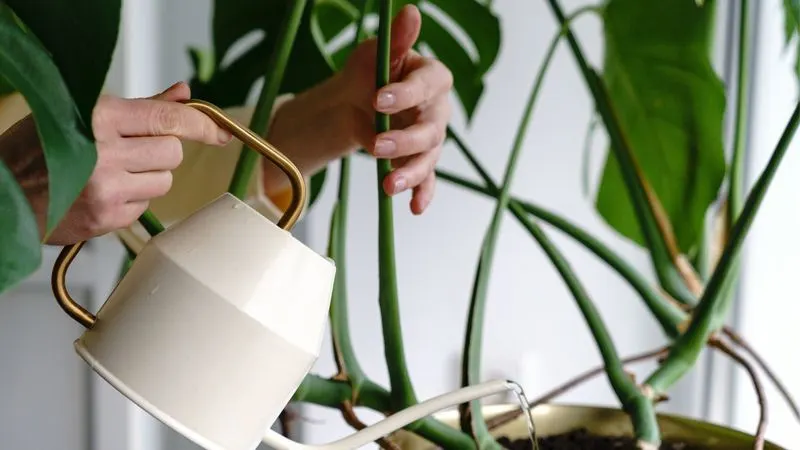
Watering seems straightforward but often goes awry. Incorrect methods lead to root rot or dehydration. Bottom watering ensures even moisture distribution, preventing soggy roots. Ensure proper drainage to avoid waterlogged conditions. Understanding your plant’s watering needs and adjusting accordingly prevents common pitfalls. Consistent, mindful watering practices nurture healthy growth and prevent soil compaction. Mastering the art of watering supports a plant’s thriving existence, underscoring its foundational importance.
Ignoring Plant Compatibility
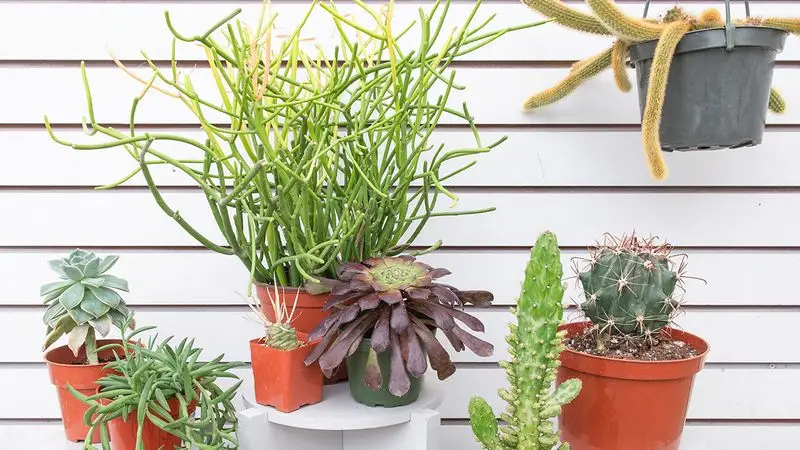
Combining incompatible plants can create an unhealthy environment. Each species has unique light, water, and humidity needs. Grouping plants with similar requirements fosters a harmonious ecosystem. Research plant compatibility to ensure shared conditions. Avoid mixing moisture-loving plants with those preferring arid settings. Thoughtful placement and grouping enhance overall plant happiness and growth. Creating compatible plant communities supports a flourishing indoor garden, showcasing their collective beauty.
Overlooking Root Bound Plants
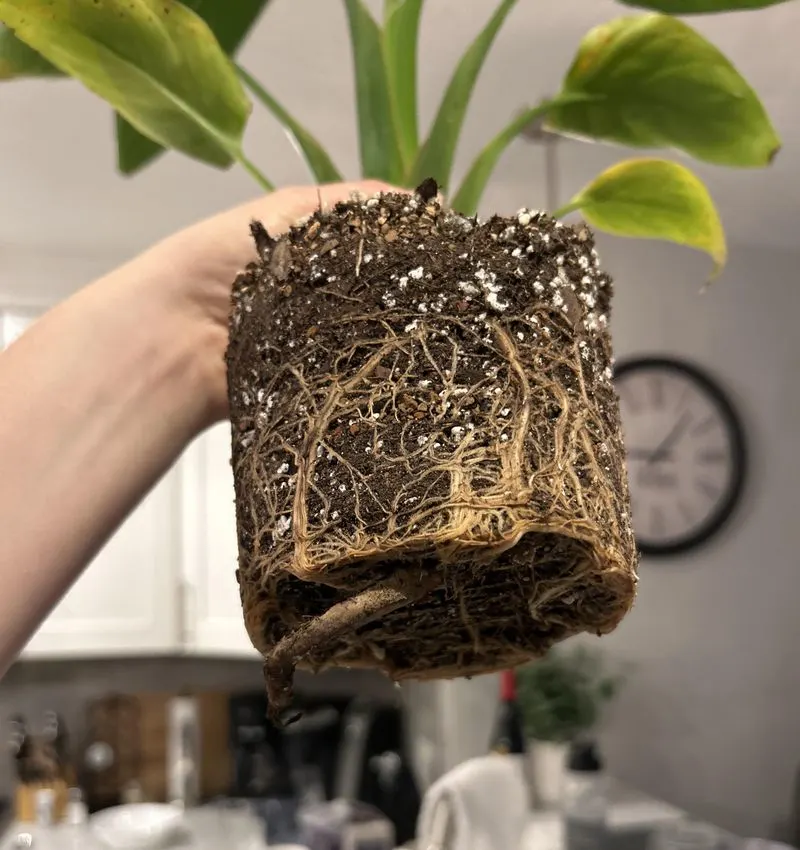
Root-bound plants struggle to thrive, often overlooked until signs of distress appear. Tightly packed roots restrict water and nutrient uptake. Regularly check for root bound symptoms like poor growth or wilting. Repotting into a larger container offers room for expansion, revitalizing health. Gently loosen bound roots during repotting to encourage outward growth. Recognizing and addressing root bound issues prevents stagnation, fostering vibrant plant life and a robust indoor garden environment.

